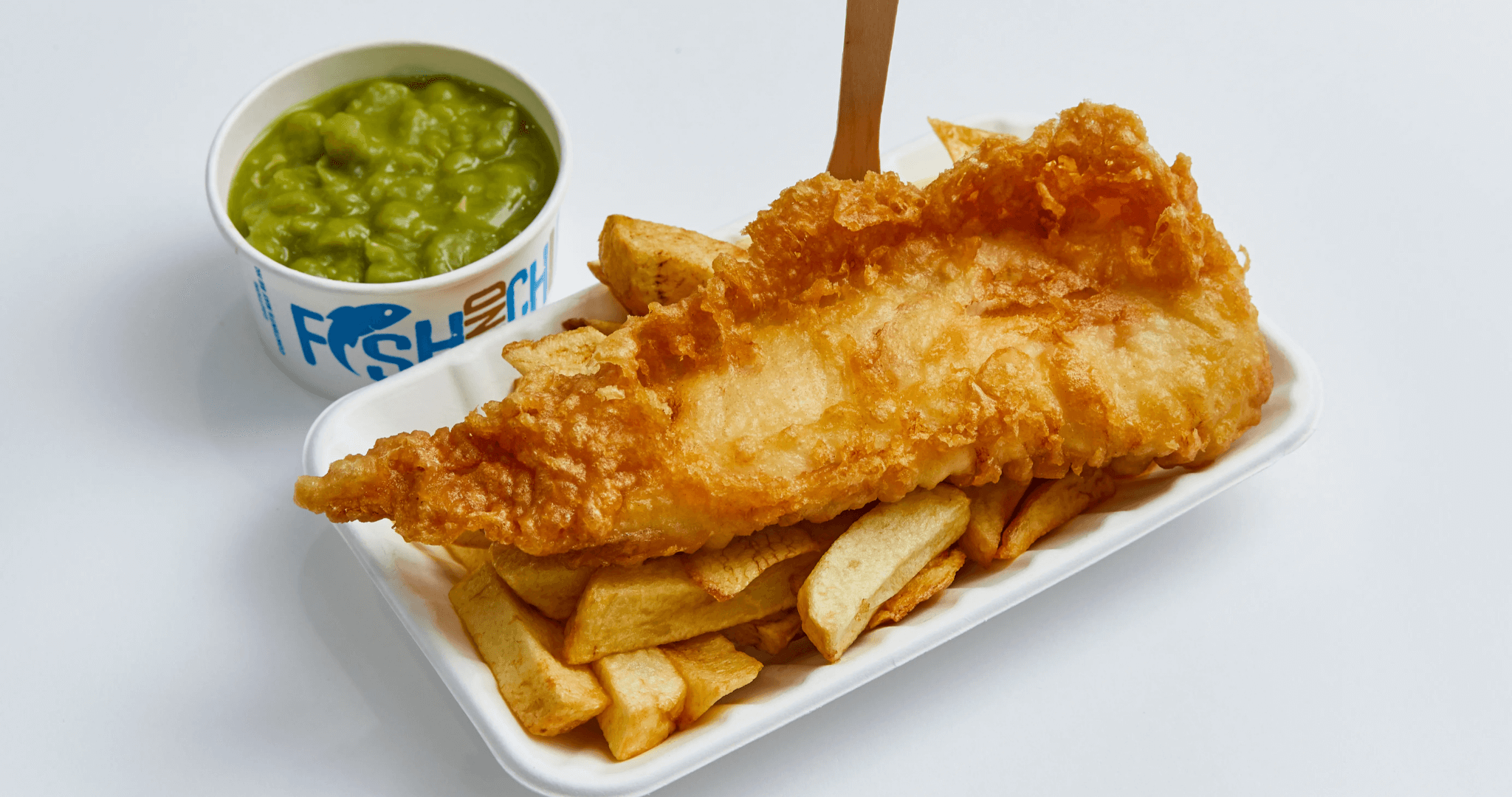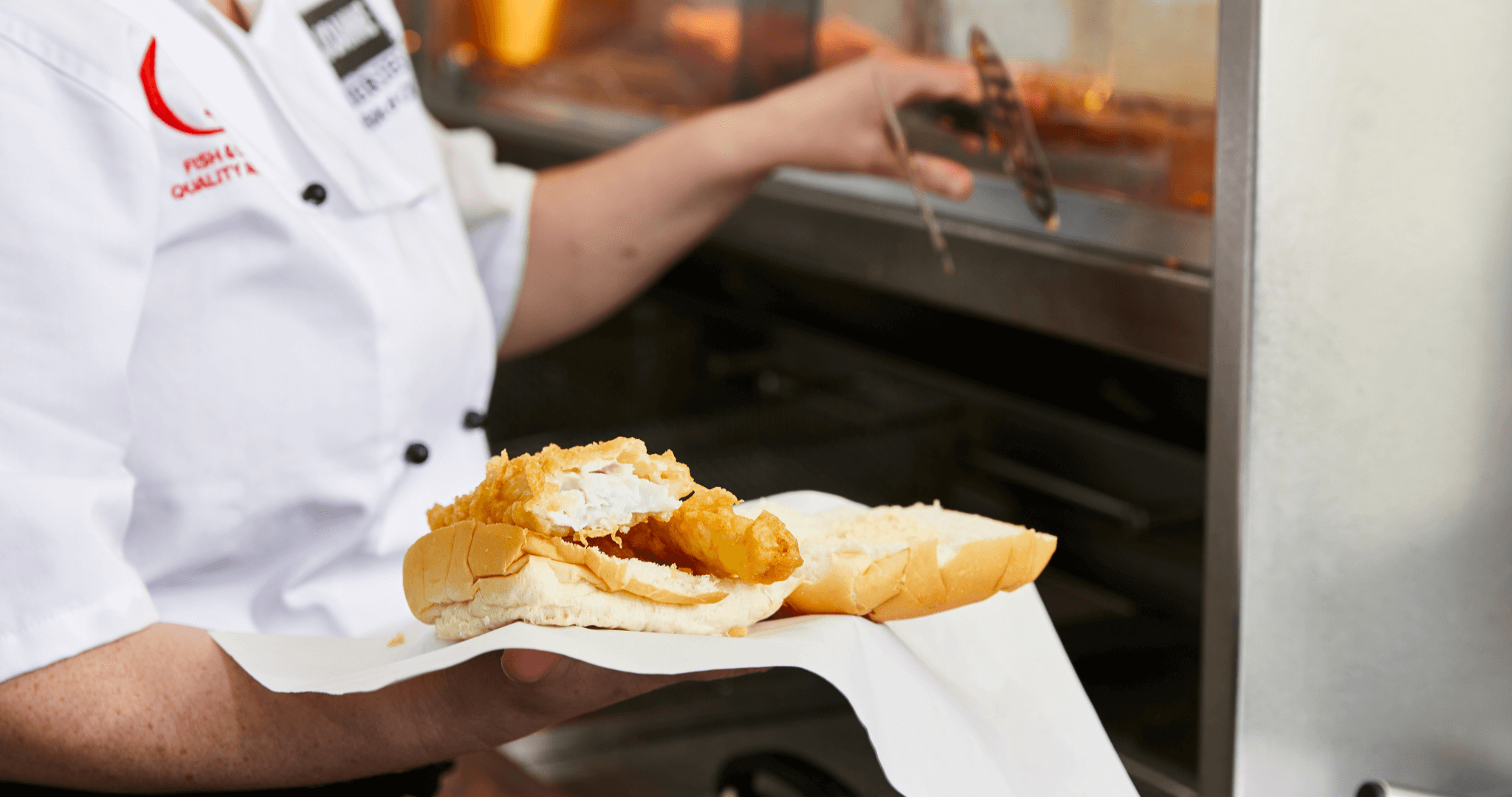Lifting Lunchtime Trade
Posted by Stelios on 21st Nov 2021 Reading Time:
Lunchtime trade has taken a kicking over the last 18 months as Covid had people working from home and turning to homemade lunches or treating the family in the evening instead. The grey pound, which for many of you will be a significant part of your business, has also been heavily hit and continues to be today as confidence still hasn’t quite returned.
But, to be fair, we can’t put all the blame at Covid’s door, lunchtime trade was already suffering well before the pandemic. Consumers these days have more choice, whether it’s a quick sausage roll at Greggs, a pie and a pint in the pub, or even a £3 meal deal at Boots, which when I last looked was a chemist! This has not only taken a toll on footfall, but average spend too, pushing it down from the £5,6,7 that lunch goers were once willing to spend.
Not surprisingly, many of you chose to close mid-day and focus on your evening trade, but with customers gradually swapping their slippers for their work shoes, glimmers of lunchtime trade beginning to pick up again are appearing.
So how can you lure people back into the habit of enjoying lunch out while making it worthwhile putting those extra hours back in? The important thing is to understand your core market and establish whether you have a lunchtime trade that just needs some more time and a little bit of coxing or, actually, it wasn’t as signifiant as you maybe thought and any attempts to rescue it will be futile.
Either way, we’ve put together a few pointers here:
Make a big deal – If you are reopening for lunch after some time away, put some balloons outside or a sign to make it obvious that you are back in business.
Advertise your lunchtime opening hours – especially if they have changed recently, and remember to update social media, your website, your Google page and any other marketplaces that list your details. Do a Google search yourself and see what comes up and what they have listed as your opening hours.
Keep your opening times as simple and consistent as possible throughout the week – this eliminates any confusion for customers.
Be ready – Have a few items ready in the hot box items as people are time-poor at lunchtime and want to be in and out. Think sausages, pies, homemade fishcakes, things that hold well. Why not put up a little sign on the counter spelling it out to customers “Pushed for time? Pick me, I’m ready.”

Downsize your meals – Focus on smaller portion sizes, this is lunch remember so items don’t need to be as large as your evening items. Light bites have been talked about for some time, but they really need more pushing. Half-sized portions at two thirds of the price makes total sense in terms of appetite and profits.
Finger food – Offer items that can be eaten with the fingers while on the move – cones of chips, cheese croquettes, popcorn chicken, fish bites so customers can pick while on the way back to the office and not have to stop!
Homemade – Look at homemade items that are a cinch to make but that help your lunchtime menu stand out. We’ve got a host of recipes that use leftovers, for example, that can be made ahead of time, portioned up and frozen. Not only is this the ultimate in convenience but it can be highly profitable too, like our homemade onion rings which cost pennies to make but easily command £1 a portion.
Get to know your customers – By spending time getting to know the lay of the land you can target your menu items and your pricing accordingly. For example, if you are located in a densely populated student area you will want a different proposition than if you are surrounded by offices.
Limit the options – Have a few lunchtime options by all means but don’t give too much choice as you want to keep queues moving. Also, bundle several items into a meal deal. Customers are lazy, if you can give them a meal and a drink then it means they haven’t got to make another stop – or spend their cash – elsewhere. This is a great way to boost profits while at the same time making the customer feel like they have got value for money too.
Survey the competition – Have a look around and see what other companies and lunchtime deals you are competing with? Is it a £3 meal deal from Tesco’s? A £5 chicken box from KFC? Offer similar options at a better price. If you can’t compete on price, offer added value by including mushy peas or a side of gravy.
Advertise your lunchtime specials – Put a sign outside to pull people in but also highlight your lunchtime deals with a sign on the counter that you can take down after lunch. If you’re thinking about updating your menu boards, digital ones might be a good investment as these can be quickly and easily changed. Something else proving popular are digital screens placed in the window so you can tailor offers and catch the eye of passers-by. They also neaten up your window as you don’t need lots of different posters advertising different offers.
Market to your customers every which way you can – Target them on social media, send an e-mail campaign or an SMS message.
Research local businesses, offices, schools, car garages etc in your areas – Leaflet them or target them on social media and say if they order before 11am, they can skip the queue as you’ll have their food ready to collect. Or even deliver if you have the ability to.
Loyalty cards – These are a great way of encouraging people to return. After three visits you could offer a free side, five they get free chips and after 10 free fish and chips. Sometimes this can work better than offering a discount.
Upsell and cross-sell – Lunchtime is a great opportunity to upsell items that customers might want with their lunch or even cross-sell items that they might want later in the day. We’ve got some great tips to help your staff do both.
Packaging – Serve lunch items in packaging that makes it easy to eat at a desk, walking along or sitting in a car. Boxes are great but can be expensive so a tray, a bio-box cut in half or cones make great alternatives.

Vouchers – So that customers don’t forget you come January, why not create some vouchers offering 2 for 1 fish and chips, a free side, or 10% off in the new year when it’s usually quite quiet for fish and chip shops?
Give it time – Don’t be disheartened if after the first few weeks of implementing the above you don’t see a vast uptick in trade as it can take several weeks for changes to have an effect on customer behaviour.
Close if you have to – Don’t be afraid to re-evaluate your lunchtime opening hours if you’ve tried the above and you’re still not seeing trade pick up. If it’s still not viable, or you feel the additional hours outweigh the profits, have a rethink. If Covid has taught us one thing, it’s to get that work-life balance right. Do keep an eye on footfall as the year goes on, however, as this could change again in future as new businesses open or housing developments get the go-ahead.


